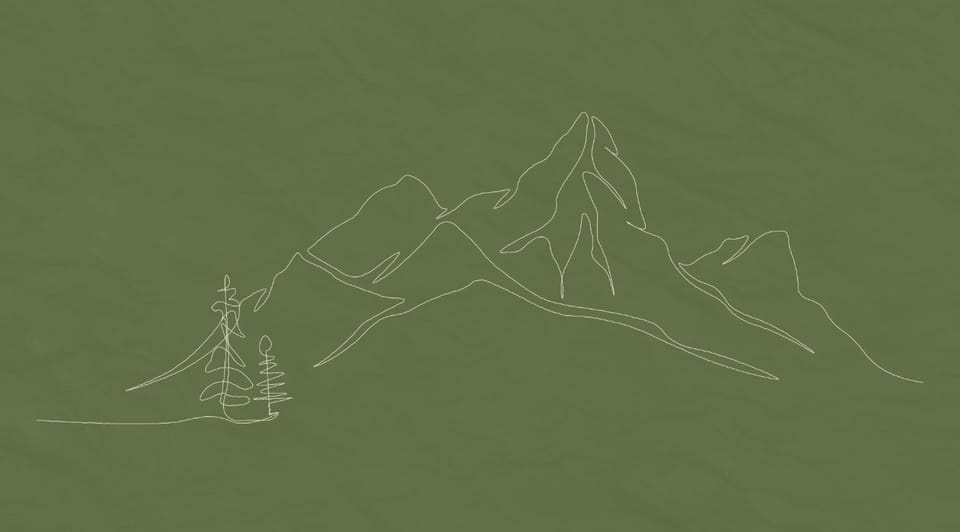5.2 - Processing - code
Processing.org is a visual coding language, which accommodates for any level of coder, allowing for a large range of outcomes from simple shapes to interactive drawings and much more.
To begin with, I messed around with random shapes just to get a feel for coding and the basic language used to create different shapes, colours, sizes and placement.


setup() creates the background, the tab size. noStroke prevents an outline on your shapes, and the rest of the syntax's are self explanatory. Something as a complete beginner I found interesting was the difference between circle() and ellipse().
with circle() there's 3 parameters, which always ends up with a perfect circle in different sizes and locations, whereas with ellipse() you can change the shape of the circle to be stretched. I learnt that a circle() parameters only set the location for the first two parameters, so like x and y, and the last parameter is the height and width. With an ellipse, the height and width is split into two different parameters so you can change them individually.


We were then shown how to code an image which would create a 6x6 box of randomly sized and coloured circles.



This was to explore the infinite possibilities of generative design, to be able to speed up the process of creation where manually designing randomness, or a large pile of repetitive or similar designs could be tedious and inefficient. It also opens up a door to more ideas, to be able to generate designs, with your input quickly - it doesn't necessarily take away from the creation but assists it, its not like generative AI where everything is done for you, the work and decisions are still made by the creator.
